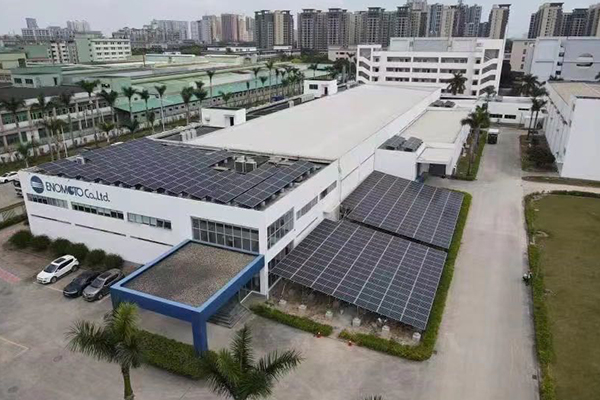Solar energy has become a cornerstone of sustainable living, with rooftop solar panel systems leading the way in residential and commercial applications. A crucial aspect of these installations is the selection and proper use of roof fixings, which ensure the panels remain securely attached while minimizing the risk of damage to the roof structure. Below, we explore the types of fixings available, factors to consider during selection, and best practices for installation.
Types of Roof Fixings for Solar Panels
Roof Hooks:
Ideal for tiled roofs.
Installed by carefully removing individual tiles, securing the hook to the roof joists, and replacing the tiles over the hook.
Provide a secure and weather-resistant mounting point for the panels.
Roof Clamps:
Commonly used for metal roofs.
Attach directly to the seams or ridges of the roof without penetrating its surface, reducing the risk of leaks.
Designed for quick installation and a clean finish.
Flashing Kits:
Used to seal penetrations made during the installation of solar mounts.
Essential for maintaining the roof’s waterproof integrity, especially in asphalt shingle roofs.
Ballasted Mounts:
Suitable for flat roofs.
Use weighted systems rather than penetrating the roof to secure the panels.
Ideal for preserving the roof’s structure while ensuring stability.
Integrated Mounting Systems:
Combine the solar panel and roof covering into a single structure.
Typically used in new constructions or roof replacements.
Selecting the right roof fixings for solar panels is a critical step in ensuring a safe, efficient, and durable installation. By considering factors such as roof type, climate conditions, and structural integrity, and following best practices, homeowners and businesses can maximize the lifespan and performance of their solar energy systems. Whether you are a DIY enthusiast or relying on professional installers, prioritizing the quality and suitability of fixings is a sound investment in your renewable energy journey.

